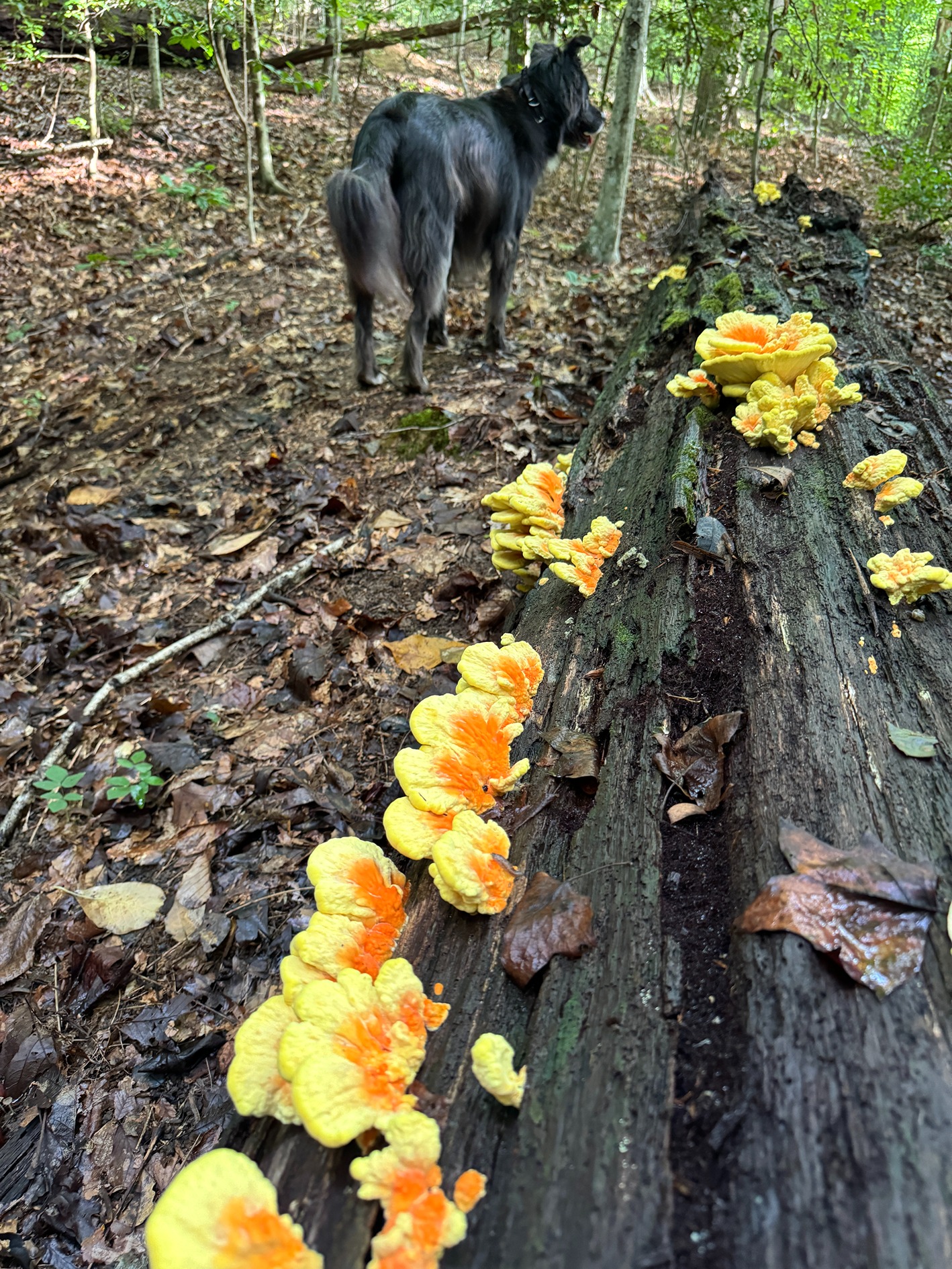One of the World’s Longest-Running Experiments Sends Up Sprouts

David Lowry was impatient for the very old seeds to wake up. For days, Dr. Lowry, an associate professor of botany at Michigan State University, had entered a basement room at the school, peeked into the growth chamber and seen only dirt.
But on April 23, he checked again and there it was: A tiny plant, its two leaves reaching upward. “It was kind of an amazing moment,” he said.
This was no average springtime sprout. Back in 1879, the botanist William James Beal plucked that seed and thousands of others from different weedy plants in and around East Lansing, Mich. He then stashed them in bottles and buried them in a secret spot on the Michigan State campus, with the goal of learning whether they’d still grow after years, decades or even centuries of dormancy. In mid-April, Dr. Lowry and four colleagues sneaked out under cover of night to dig one of the bottles up and plant its contents, thus continuing one of the longest-running experiments in the world.
Click here to keep reading.



